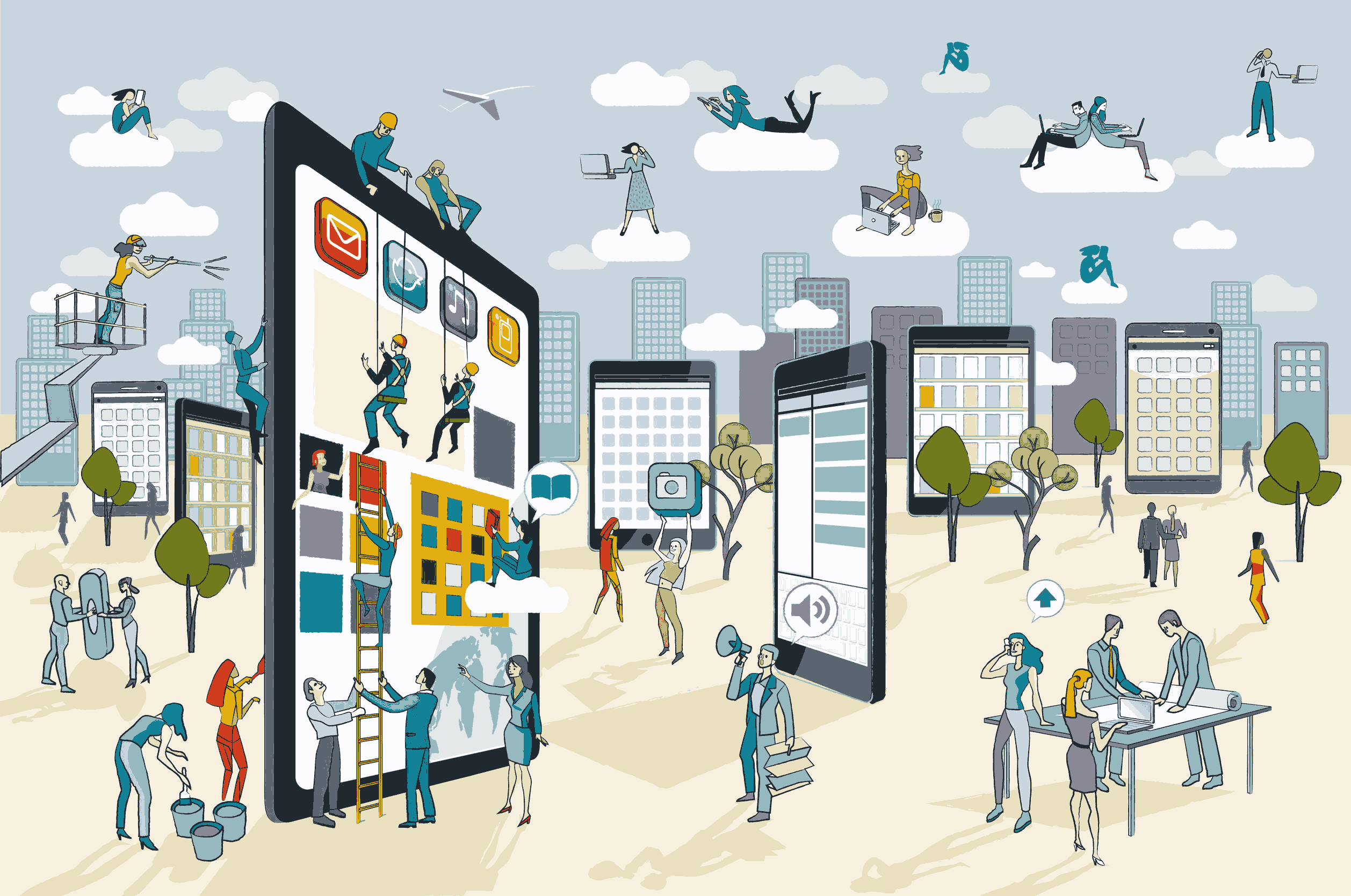Have citizens engage — and use the resulting data to make communal and commercial interests converge.
CityChange is a hugely ambitious project that wants to transform how we design and develop the world around us. We combine a for-profit organisation with an altruistic desire to create better spaces and lives.
How do we do this?
We engage the most comprehensive source of information on the quality of our physical spaces: The users.
As the cities of the 21st century are being so dramatically transformed, it is easy to be left feeling a bit powerless. Like greater forces are reshaping one’s world without one being able to play any part in it.
But we all want to be able to influence the world around us. To improve our surroundings for ourselves as well as for our children.
CityChange turns this basic premise into a business model. One that makes as much financial sense as it does communal sense.

What is the city but its people?
William Shakespeare
Global urbanization
The world’s population is migrating. To cities.
In 2023, approximately 56% of the world’s population lives in urban areas. In Western Europe and the US this figure is above 80. And still climbing.
The quality of a city’s urban spaces will have a dramatic impact on both the quality of life and the city’s economic prospects.
Percentage of world population living in cities
Our desire to improve our surroundings can be employed
Everybody is already doing it with everything else: Hotels, restaurants and shops. Consumer goods, music and television shows. Virtually everything is being reviewed and commented on in the digital sphere.
But what about perhaps the most important of all: the spaces we all share? The cities we live in? Our neighborhoods? Our streets, squares, parks and leisure facilities? In other words: Our physical world.
We all know what spaces we like to be in. And which ones we don’t. Usually we also have a good idea of why that is. We also know exactly what shops and services we are missing in our neighbourhood. But until very recenly, we were very restricted in the ways we could communicate all this – let alone influence the shaping of the spaces around us.
The CityChange app offers city dwellers the opportunity to rate, comment, suggest, vote and collaborate in relation to their physical spaces. In the process, the users are creating a vast data set about human responses to their built environment; a data set that will constantly be updating itself through the ongoing use of the app.
The new understandings distilled from this activity are in themselves highly valuable. Coupled with the wide range of other data sets widely available — on everything from transport and density to property prices and walkability — we will be able to extract completely new and actionable insights that can both be monetised and have a positive impact on our built environment.
Where did the idea come from?



